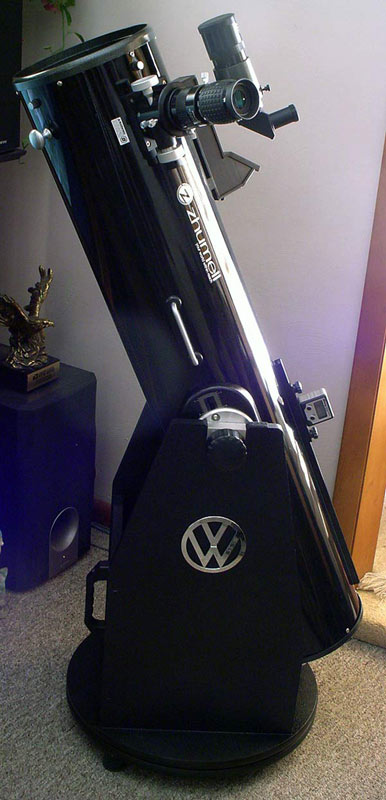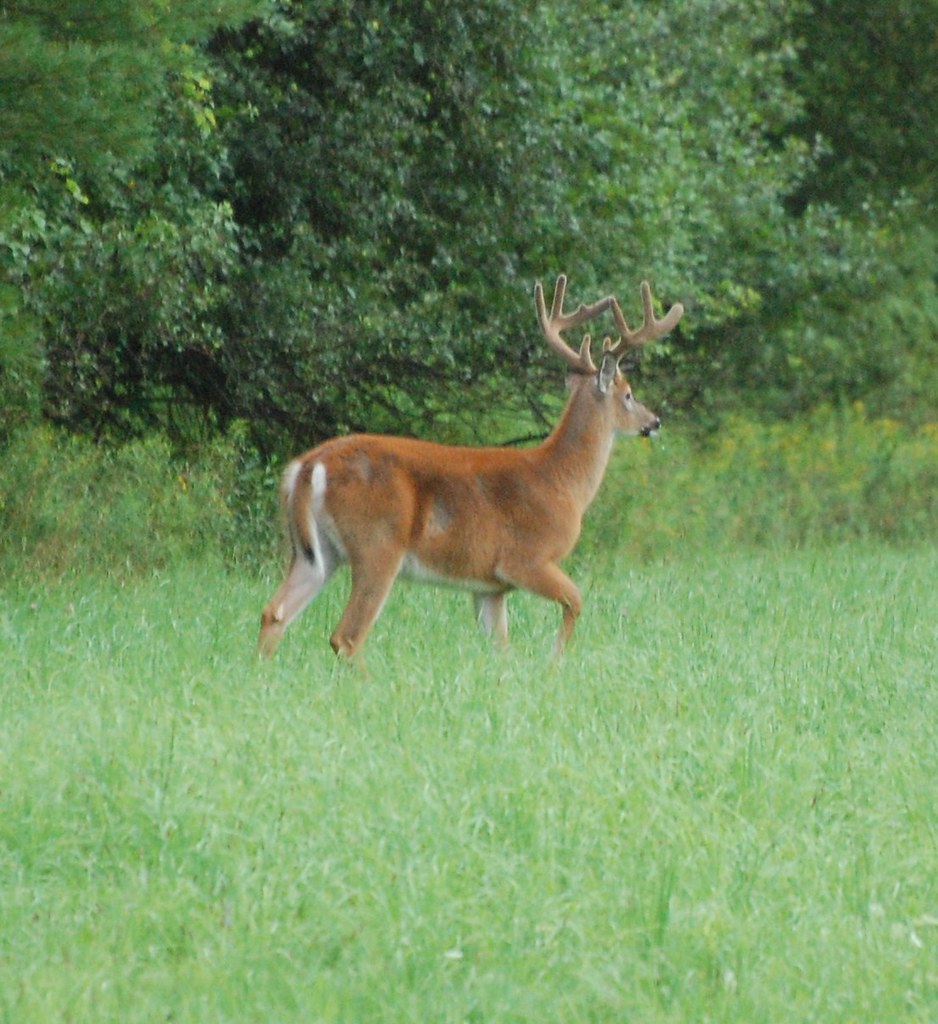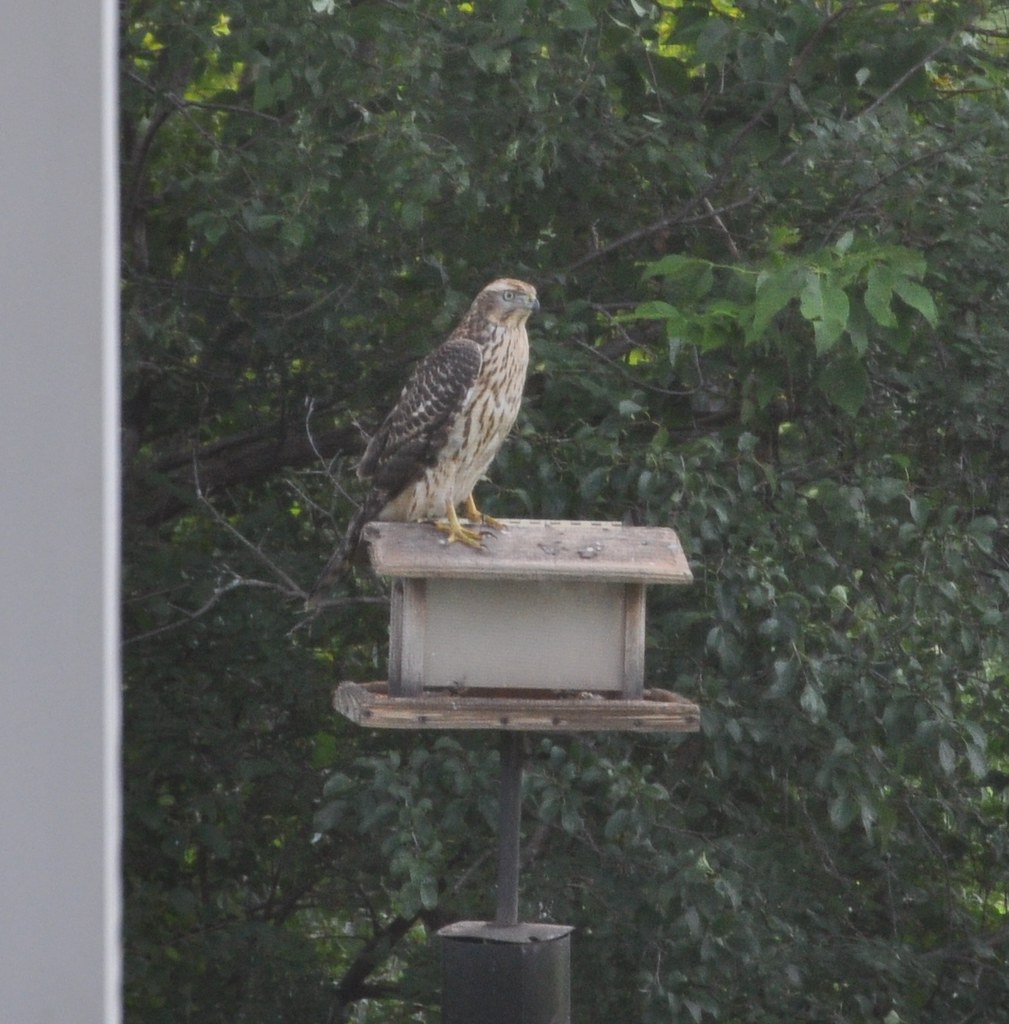I don't have any specific suggestions, but will recommend you get the very best that your budget will allow. I've spent more than 20 years looking through scopes for hours every day (I'm a land surveyor), and will say that eye strain from inferior optics is not something to ignore. If you've got the scratch, the three above are among the very best available but are priced accordingly, though IMO Leica is over priced. Docter Optic (bought out Carl Zeiss in Jena just after WWII) is also excellent, but I don't know if they manufacture spotting scopes; they do make rifle scopes and binocs. Last I knew, a step down from those and Kowa, but still quite good were both Pentax and Nikon, though I have not looked through their most recent offerings. My dad has a pair of Pentax 7x50 binocs that are superb. The last Bushnell and Leupolds I looked through I did not like at all. Maybe is was just those particular models, but it has biased me since.
Another general recommendation:
Get the largest diameter lens you're willing to carry. Spotting scopes tend to be of quite high magnification, and with small objective lenses this translates to a small field of view as well as making them quite dark in low-light situations. The third reason, that most don't consider, is spherical aberration. That is, the distortion in the image due to imperfections in the lenses. This generally shows up at the edges and is generally less objectionable with a larger lens. Chromatic Aberration is an issue as well, but larger diam. lenses are not the solution for that.
Mhardy is most definitely right about tripods. Trying to get a decent look through a 'scope on a set of unstable legs is unpleasant at best, impossible at worst. Though I'm very partial to the old Qwik-Set Jr. my grandfather had (and dad took with him when he walked out), it's really not the best choice for the woods since it is too prone to gunking up. Examine how the legs adjust when making your choice, and consider which will be more tolerant of the occasional mud puddle while being robust and lightweight at the same time. Anything that uses a threaded mechanism for locking a leg will be suspect in (or just after)foul weather; cam locks will be better.




 sharpie120104
sharpie120104 DSC_2277
DSC_2277

 DSC_5500
DSC_5500 DSC_5538
DSC_5538